Descubra 10 curiosidades pouco faladas sobre Lisboa

Lisboa é a capital de Portugal e a maior cidade de Portugal, e é considerada o “coração” do país, pois abriga as suas instituições mais importantes, nomeadamente o Parlamento, a residência do Presidente e o Governo. Além disso, Lisboa é uma das cidades mais antigas do mundo e abriga um dos portos mais importantes da Europa, o Porto de Lisboa, que é composto por 18 terminais portuários dedicados a todos os tipos de carga e passageiros de cruzeiro.
A cultura de Lisboa é marcada pela estreita relação das suas gentes com a água, e tem sido chamada de “a cidade das sete colinas” por causa das suas sete colinas que estão centradas em torno do seu coração histórico no estuário do Rio Tejo.
1. História da Cidade
Lisboa é uma das cidades mais antigas da Europa Ocidental, e muito por conta disso tem uma rica história que remonta à época romana, uma vez que a cidade foi fundada pelos romanos em 138 a.C, e foi um porto importante durante a Era dos Descobrimentos. Atualmente, Lisboa é uma cidade vibrante e acolhedora que preservou muito da sua história e cultura, no entanto, a cidade foi governada por muitos impérios diferentes ao longo de sua história, incluindo espanhol, francês e português.
Os romanos acabaram sendo expulsos pelas tribos germânicas, que mais tarde ficaram conhecidas como os visigodos, cujo governaram até 711 d.C, quando Lisboa foi conquistada pelas forças muçulmanas do norte da África. Os muçulmanos governaram até 1249 dC, quando o rei Afonso III de Portugal reconquistou Lisboa e se declarou rei.
2. Cultura
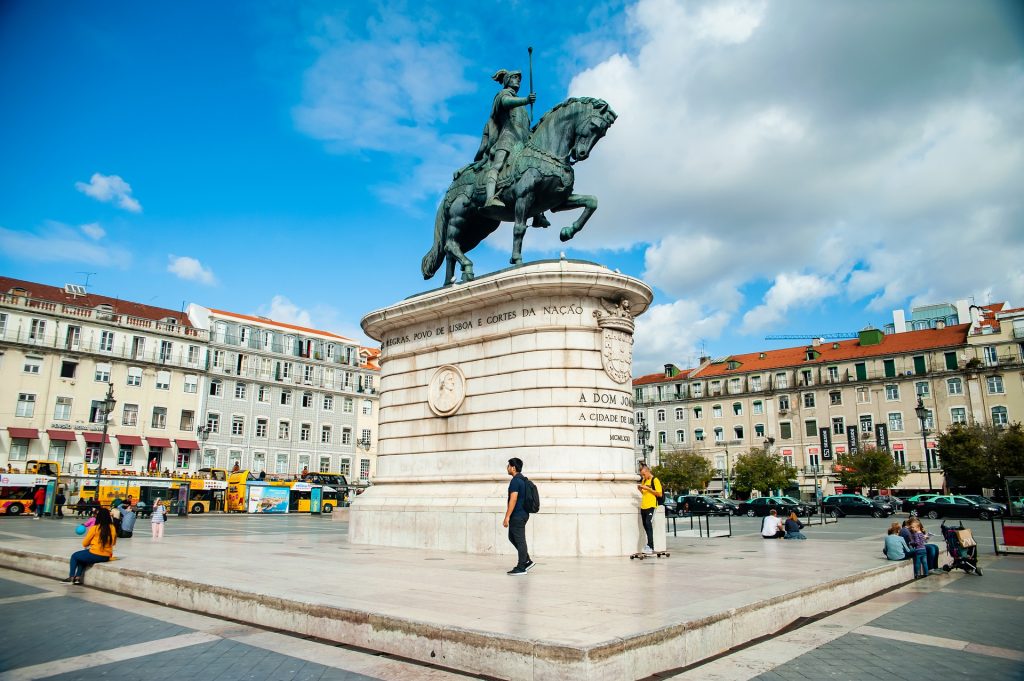
Lisboa tem uma mistura única de culturas e influências, com uma história que remonta aos tempos pré-romanos. Esta mistura de culturas moldou muito o que Lisboa é hoje, uma cidade vibrante, acolhedora e de mente aberta, cheia de vida, cultura e cor. Além disso, a cidade sempre foi conhecida como um lugar onde as tradições se mantêm vivas porque foi um importante entreposto comercial durante a época medieval.
A cidade tem uma longa história de ser um centro de artes, literatura e ciência, e o povo português tem muito orgulho da sua cultura e também é muito aberto a outras culturas, o que torna Lisboa um local perfeito para se visitar caso você queira experimentar coisas novas na vida. Lisboa tem sido elogiada como um paraíso para artistas desde seu tempo como um centro internacional para escritores, e pintores no início do século 20, e foi duas vezes nomeada como a Capital Europeia da Cultura: uma vez em 1998, quando acolheu a Expo ’98; e outra vez em 2017 quando sediou o “Deste Lado do Rio”.
3. Turismo e Atrações
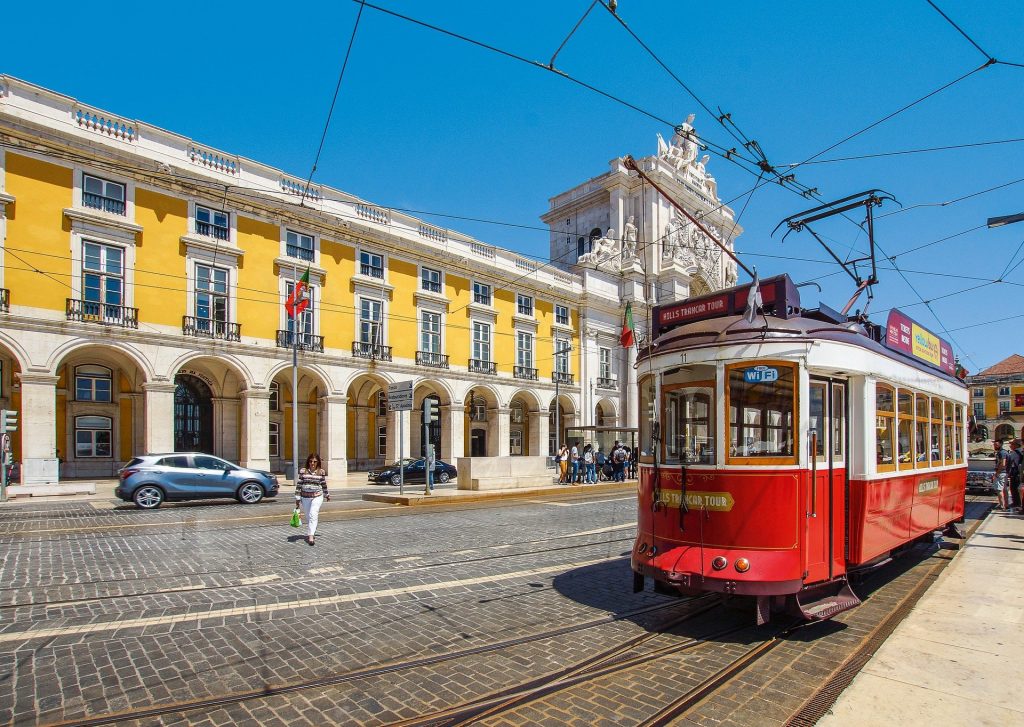
Lisboa é uma das cidades mais visitadas da Europa, e atrai mais de 5 milhões de visitantes por ano, uma vez que sua beleza natural é de deixar qualquer um impressionado. Além disso, a cidade tem um número impressionante de museus, galerias e prédios históricos que deixarão lembranças para toda a vida, pois isso faz com que a cidade ofereça uma ampla gama de atrações que certamente não irão decepcioná-lo.
A capital portuguesa conta com mais de 300 pontos turísticos, incluindo museus, 6 Patrimônios Mundiais da UNESCO, 3 praias e 13 distritos. A beleza da cidade encanta a qualquer um que vem passar alguns dias ou semanas.
4. Culinária
Lisboa é conhecida como a capital gastronómica de Portugal, uma vez que a cidade é conhecida pela sua culinária que inclui pratos de marisco como caldeirada de peixe, sardinha assada, salada de polvo e peixe frito com batata.
A cozinha portuguesa é uma das mais antigas da Europa e influenciou o mundo inteiro com os seus sabores únicos e autênticos. O povo português tem um grande orgulho de seus costumes culinários, e costumam usar muitas especiarias, ervas e condimentos em sua culinária que não são tão usados em outras cozinhas europeias.
5. Arquitetura
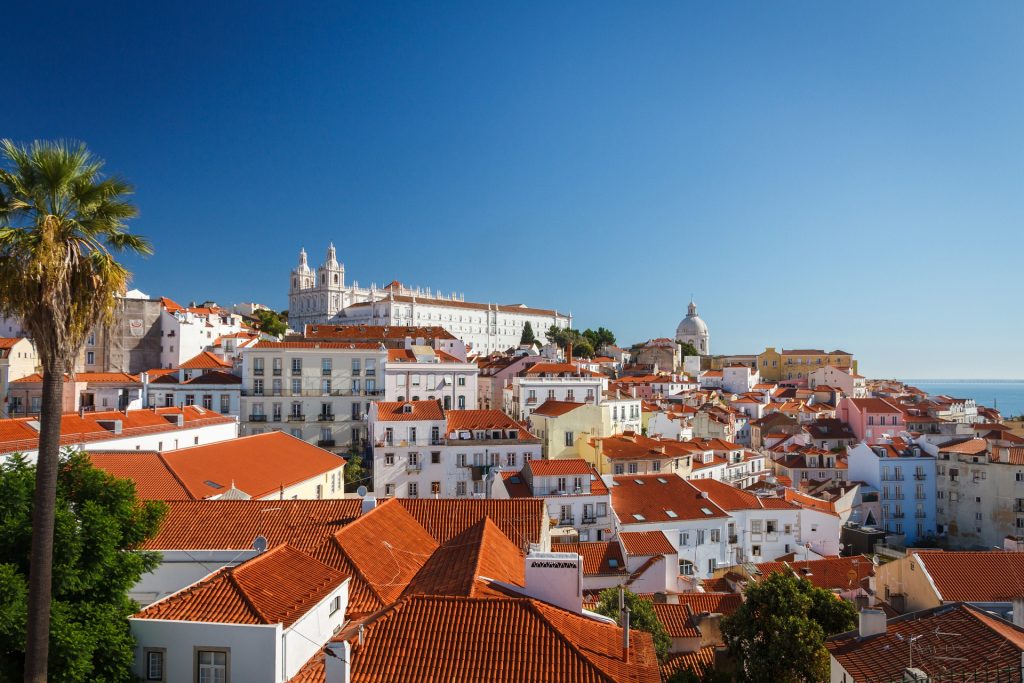
Lisboa é uma cidade com muitas atrações arquitetônicas, abrigando uma das mais belas arquiteturas do mundo, e um fato que você deve saber sobre a arquitetura da cidade é que os edifícios são construídos para resistir a terremotos. O segundo fato interessante sobre a arquitetura de Lisboa é que ela tem dois estilos diferentes, sendo eles o barroco, e o neoclássico. E outro fato interessante sobre a arquitetura de Lisboa é a quantidade de detalhes que há nos prédios, que se destacam muito mais do que em outras cidades ou capitais europeias.
A primeira atração que vai chamar a sua atenção ao chegar em Lisboa é provavelmente a famosa Torre de Belém, que foi fonstruída em 1515 por D. Manuel I, e foi torre de defesa que também servia de alfândega. A torre foi classificada como Património Mundial da UNESCO e tornou-se uma das principais atrações de Portugal. Outro edifício interessante é o Palácio Nacional de Queluz, um palácio do século XVIII que serviu de residência de verão para os monarcas portugueses até ser abandonado em 1910 devido a danos causados por um incêndio.
6. Patrimônio Mundial
Lisboa é uma das cidades mais antigas da Europa Ocidental, e seu centro histórico foi declarado Patrimônio da Humanidade pela UNESCO em 1988. Além disso, Lisboa também foi eleita Património Mundial pela UNESCO por ser considerada “uma obra-prima do gênio criativo humano”, devido ao seu patrimônio arquitetônico, que inclui monumentos como o Mosteiro dos Jerónimos, o Palácio da Ajuda e muito mais.
Isso se deve à sua importância histórica como porto comercial, e seu significado cultural por ter sido uma das cidades mais importantes da Europa durante a Era dos Descobrimentos.
7. População
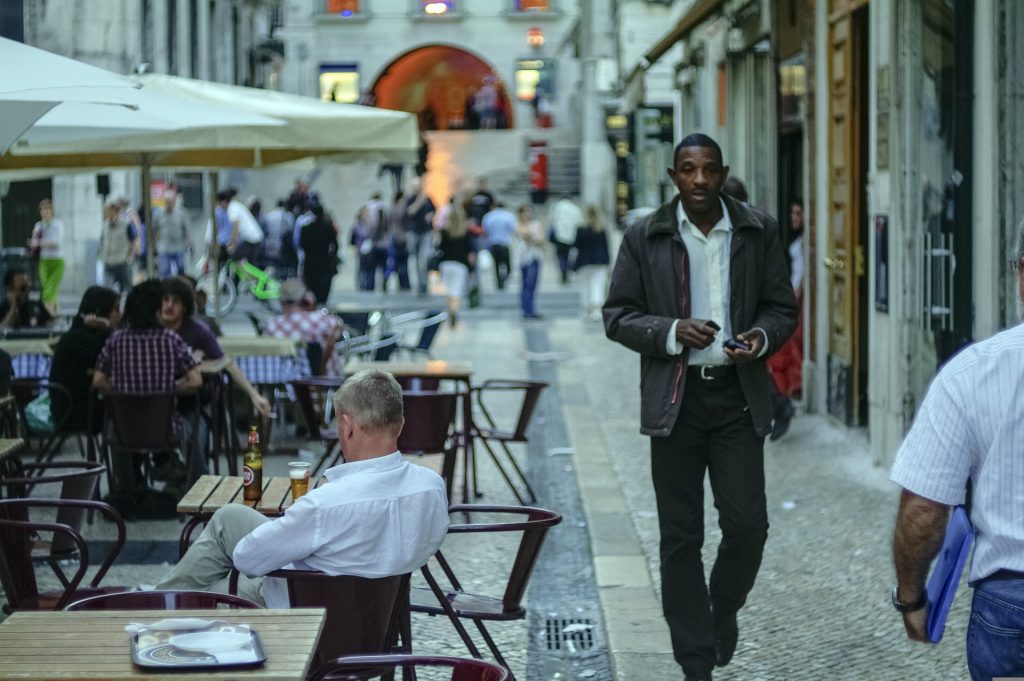
A cidade tem uma população de mais de 500.000 pessoas, mas sua área urbana se estende além dos limites da cidade propriamente dita, então o número sobe para mais de 2 milhões e meio de habitantes. Esta população está distribuída em vários distritos menores, sendo o de Lisboa o mais populoso.
No final do século 18, Lisboa foi atingida por um terremoto e depois afundou na pobreza, isso levou à emigração em massa para o exterior e deixou Lisboa com apenas metade de sua população. Desde então, a cidade se recuperou com a ajuda de emigrantes retornados, que contribuíram para o renascimento cultural de Lisboa. A cidade tem uma população bem diversificada com habitantes do mundo inteiro, incluindo imigrantes, que estão entre 200 nacionalidades diferentes.
8. Clima
Lisboa é uma cidade com um clima único, e no geral é tipicamente temperado, com invernos amenos e verões quentes. A cidade conta com quatro estações, e pode ser muito quente no verão e muito frio no inverno. Sua temperatura média ronda entre os 20°C durante o verão, enquanto a temperatura média no inverno ronda os 7°C, uma vez que seu clima varia muito de um local para outro, dependendo da altitude e da exposição ao mar ou a outras grandes massas de água.
O clima de Lisboa é uma das suas características mais atrativas para os turistas, já que o mesmo pode ser apreciado durante todo o ano, fazendo da cidade um destino ideal para quem gosta de viajar entre as estações, ou para quem gosta tanto de desportos de inverno como de banhos de sol, e do verão na praia.
9. Localização
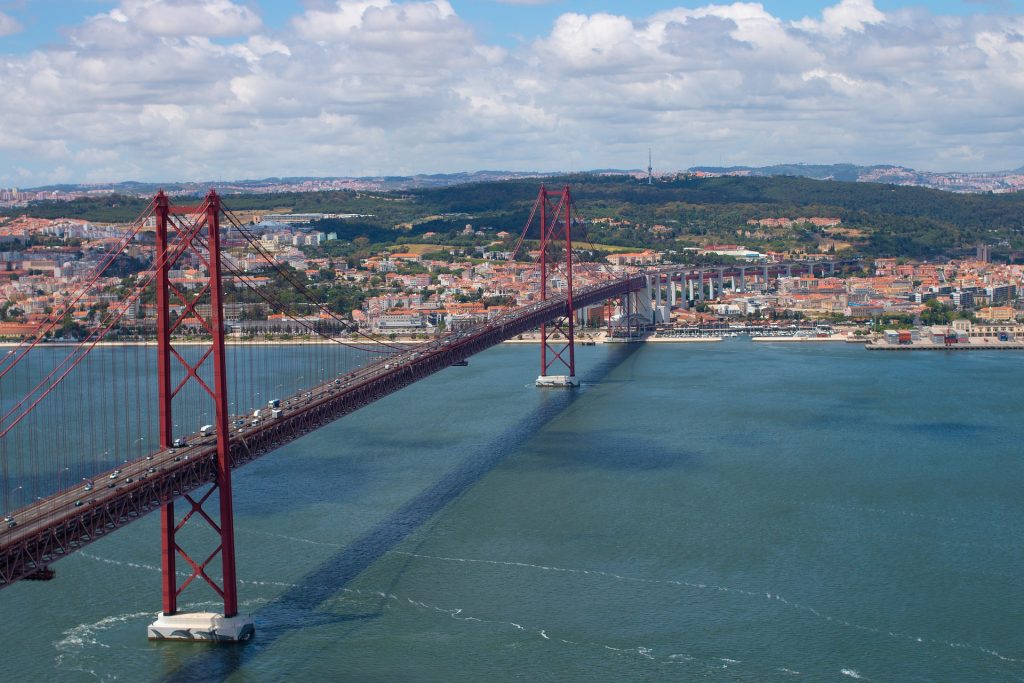
A cultura da cidade é muito influenciada pela sua posição geográfica única, uma vez que a cidade se encontra na foz do Rio Tejo, onde deságua no Oceano Atlântico. E o ponto mais ocidental da Europa continental situa-se no concelho de Lisboa, Cabo da Roca, junto à Torre de Belém.
Lisboa está situada na costa atlântica, e tem uma área de cerca de 50 km², e como a cidade é uma encruzilhada há séculos, isso significa que muitas culturas deixaram a sua marca na sua cultura, arquitetura, gastronomia, costumes e também em seu idioma.
10. Idioma
A língua portuguesa nasceu aqui quando se tornou parte do império português sob o rei João II, e se manteve sendo a língua oficial até os dias de hoje, embora os falantes de inglês também sejam comuns em Lisboa. No entanto, a língua portuguesa foi influenciada por muitas outras línguas como o árabe, o berbere, as línguas celtas e as línguas germânicas. Acredita-se que a língua portuguesa tenha nascido no século XI a partir de uma evolução gradual do latim e dos vernáculos locais.
Como em muitas outras línguas, a língua de Lisboa é uma língua em evolução, e seus dialetos estão mudando, assim como as palavras e expressões usadas pelos habitantes locais. Isso significa que os estrangeiros precisam ter um pouco mais de cuidado com a pronúncia, e devem sempre pedir esclarecimentos aos locais se não tiverem certeza sobre algo.